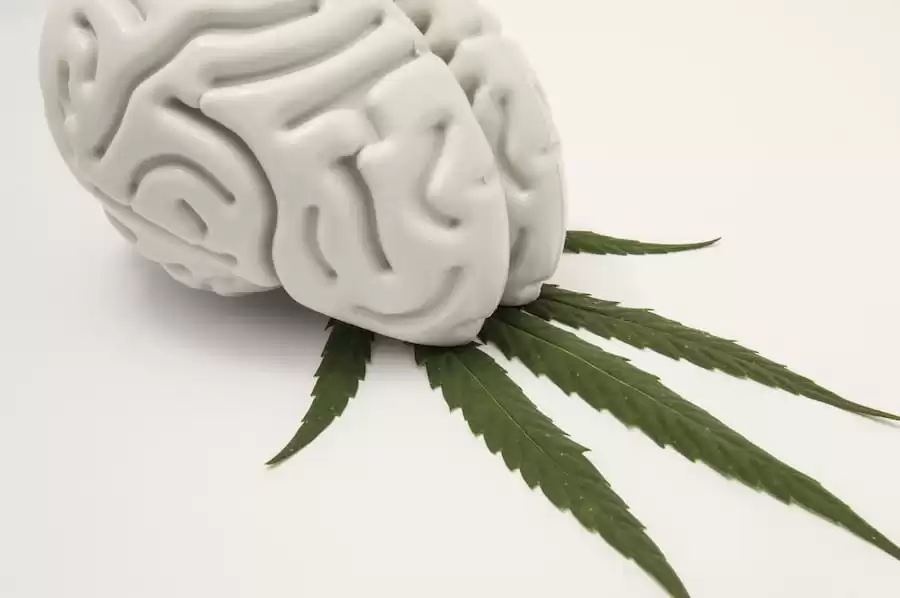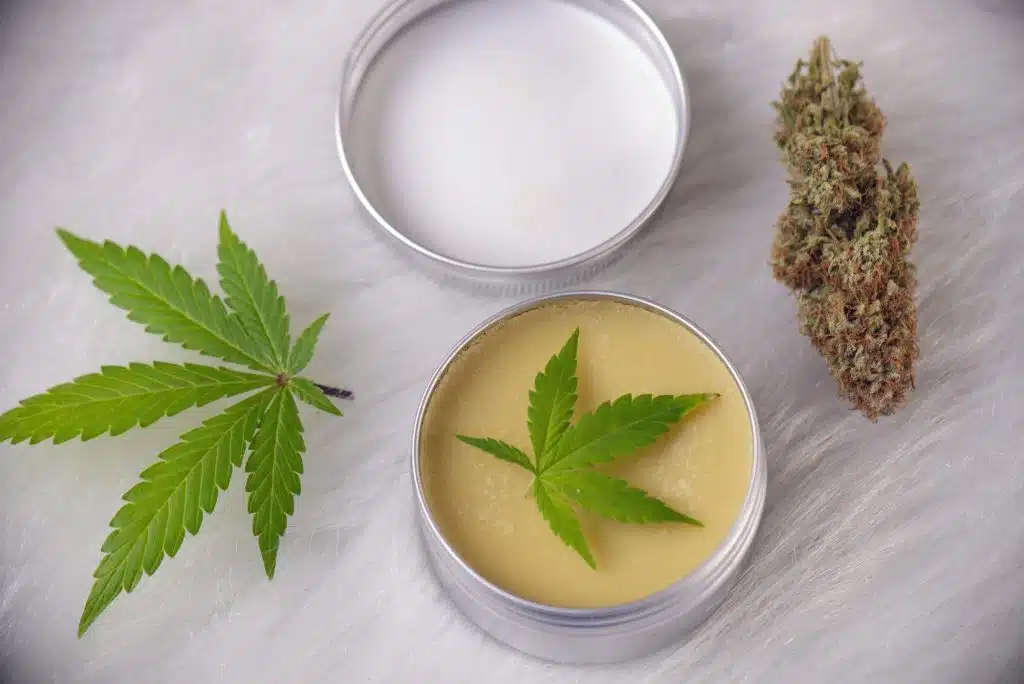Cannabis For Cerebral Palsy
Cerebral palsy is a condition that affects the brain and causes physical disabilities, such as spasticity, which can make movement difficult. Traditional treatments for cerebral palsy can be expensive and may not always be effective. However, cannabis has shown promise as a potential treatment option for those with cerebral palsy. In this article, we will explore the different ways cannabis can be used to treat cerebral palsy symptoms and discuss the benefits and potential drawbacks of using cannabis for this purpose.
How Cannabis Can Help With Cerebral Palsy Symptoms
One of the primary ways cannabis can help with cerebral palsy symptoms is by reducing spasticity. Spasticity is a common symptom of cerebral palsy and is caused by increased muscle tone, which can lead to muscle stiffness, spasms, and difficulty with movement. Cannabis has been shown to have muscle-relaxant properties, which can help reduce spasticity and improve mobility.
Another way cannabis can help with cerebral palsy symptoms is by reducing pain. Many people with cerebral palsy experience chronic pain, which can be difficult to manage with traditional pain medications. However, cannabis has been shown to have analgesic properties, which can help reduce pain and improve quality of life.
Using Cannabis for Cerebral Palsy: What You Need to Know
Before using cannabis to treat cerebral palsy symptoms, it is important to understand the different forms of cannabis available and how they can be used. Some of the most common forms of cannabis include:
- Buds: The dried flowers of the cannabis plant that can be smoked or vaporized.
- Concentrates: Extracts of the cannabis plant that can be smoked, vaporized, or used in edibles.
- Edibles: Food products infused with cannabis extracts, such as brownies or gummies.
- Tinctures: Liquid extracts of cannabis that can be taken orally or sublingually.
- Vapes: Devices that heat cannabis extracts to create a vapor that can be inhaled.
It is also important to understand the difference between THC and CBD, two of the most well-known compounds in cannabis. THC is the compound that produces the “high” associated with cannabis use, while CBD is non-psychoactive and has been shown to have anti-inflammatory and analgesic properties.
When using cannabis to treat symptoms, it is important to start with a low dose and gradually increase it until the desired effect is achieved. It is also important to work with a healthcare professional who can monitor the use of cannabis and adjust the treatment plan as needed.
The Benefits of Using Cannabis for Cerebral Palsy Symptoms
One of the primary benefits of using cannabis to treat symptoms is the reduction of spasticity. Studies have shown that cannabis can significantly reduce muscle stiffness and spasms, which can improve mobility and quality of life.
Another benefit of using cannabis for cerebral palsy is the reduction of pain. Chronic pain is a common symptom of cerebral palsy, and traditional pain medications may not always be effective. However, cannabis has been shown to have analgesic properties, which can help reduce pain and improve quality of life.
In addition to reducing spasticity and pain, cannabis has also been shown to have anti-inflammatory properties. Inflammation is a common factor in many chronic health conditions, and reducing inflammation can improve overall health and well-being.
The Potential Drawbacks of Using Cannabis
While cannabis has many potential benefits for those with cerebral palsy, there are also some potential drawbacks to consider. One of the primary concerns with cannabis use is the potential for addiction and abuse. Cannabis can be addictive, and long-term use can lead to tolerance and dependence.
Another potential drawback of cannabis use is the risk of side effects. Some people may experience dizziness, nausea, or other unpleasant side effects when using cannabis. It is important to work with a healthcare professional to monitor the use of cannabis and adjust the treatment plan as needed to minimize the risk of side effects.
Additionally, cannabis is not legal in all states or countries, and there may be legal implications for using cannabis for medical purposes. It is important to research the laws in your area and work with a healthcare professional who can provide guidance on the legal and ethical considerations of using cannabis for cerebral palsy.
How to Obtain Cannabis for Treatment
If you are considering using cannabis to treat symptoms, there are a few different ways to obtain it. One option is to buy cannabis from a licensed dispensary or online dispensary. West Coast Releaf Online Dispensary is a reputable source for buying cannabis online in Canada, offering a wide range of products including concentrates, edibles, vapes, tinctures, buds, shatter, hash, wax, live resin, moon rocks, and more.
Another option is to grow your own cannabis plants, although this requires a significant investment of time, money, and knowledge. It is important to research the laws in your area and obtain any necessary permits or licenses before growing cannabis.
Conclusion
Cannabis has shown promise as a potential treatment option for those with cerebral palsy. It can help reduce spasticity, pain, and inflammation, and improve overall quality of life. However, it is important to work with a healthcare professional and understand the potential benefits and drawbacks of using cannabis for cerebral palsy treatment. If you are interested in using cannabis for cerebral palsy, consider buying from a reputable source like West Coast Releaf Online Dispensary and working with a healthcare professional to monitor your treatment plan. If you are interested in buying weed online and THC products, check out West Coast Releaf online weed dispensary and shop for your weed online and cannabis products at westcoastreleaf.co!













